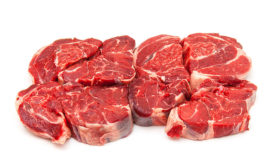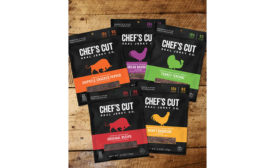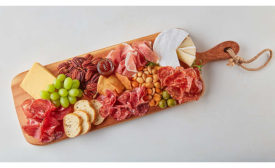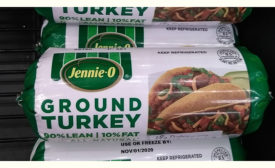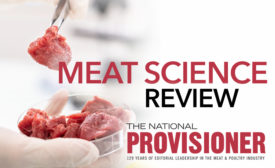Meat and Poultry Processing
Higher Education | Steak Discoloration
Consumer Trends | Looking Ahead to 2021
2021 Consumer Trends Report: looking ahead to 2021
Consumer Behavior and trends continue to change along with the pandemic.
Read More
Product Focus | Charcuterie
Charcuterie becomes a trending topic
More consumers are developing a taste for the time-honored tradition of dry-cured meats.
Read More
Cover Story | Bertolino Foods
Bertolino Foods finds a new home
A long-time Boston processor brings decades of tradition under one roof.
Read More
Tech | Supplier's Perspective
Fleet life cycle cost management & e-commerce strategies are powering food distributors through 2020
Read MoreMarket Snapshot | Animal Slaughtering and Processing Production
Pandemic wreaks havoc on market predictability
Read MoreTech | Packaging
Chubs tick boxes on packaging wish list
Flexible packaging format appeals to consumers, retailers and processors.
Read More
Tech | Processing
How to be savvy with software
Process control software is crucial for efficiently operating cattle ranches, pig farms and processing plants, but leveraging technology isn't easy.
Read More
Tech | Meat Science Review
Understanding metmyoglobin reduction pathways to limit meat discoloration
Read MoreStay ahead of the curve. Unlock a dose of cutting-edge insights.
Receive our premium content directly to your inbox.
SIGN-UP TODAYCopyright ©2024. All Rights Reserved BNP Media.
Design, CMS, Hosting & Web Development :: ePublishing
